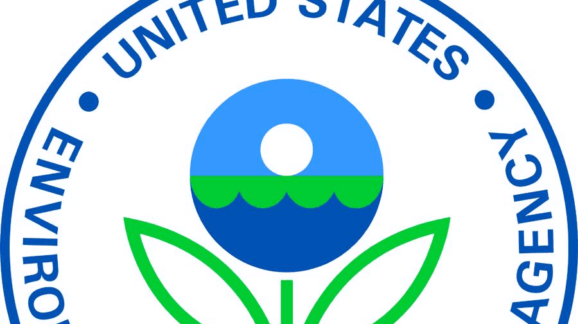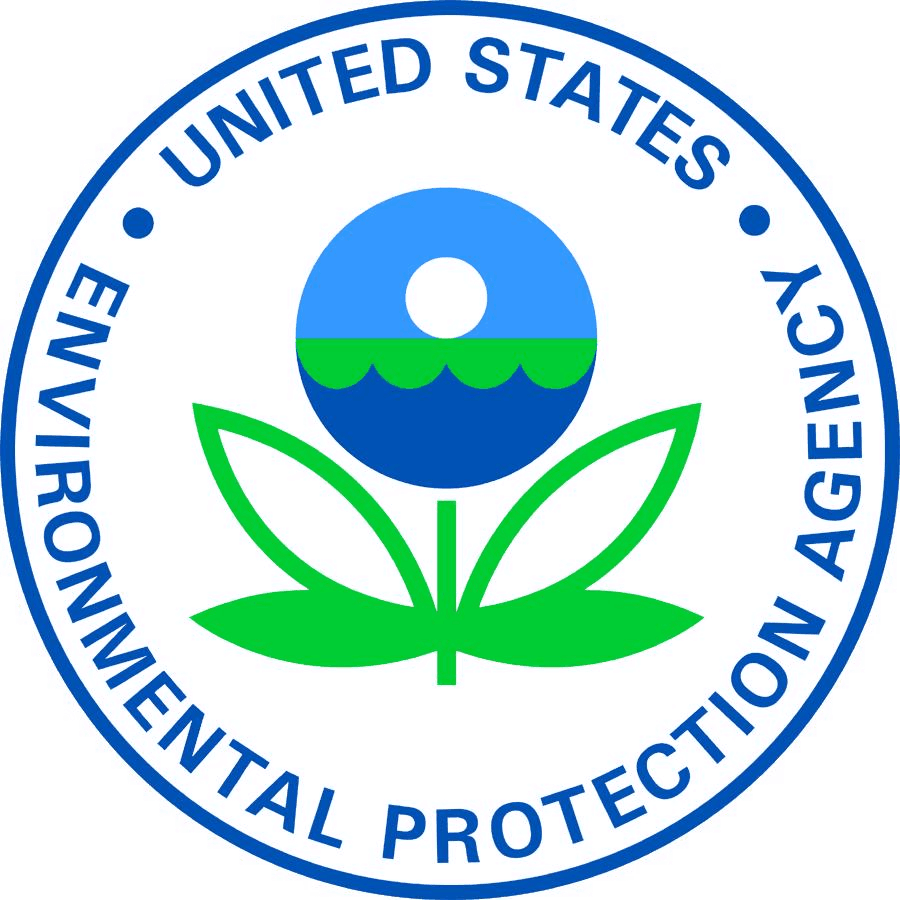Obama Administration’s ‘One National Vehicle Program’ Actually Three—or Four

 The House Energy and Commerce held a hearing yesterday on corporate average fuel economy (CAFE) and greenhouse gas (GHG) emission standards for motor vehicles. This post highlights key points from testimonies by the National Automobile Dealers Association (NADA) and Association of Global Automakers, which raise fundamental objections to the Obama administration’s so-called One National Vehicle Program (ONP). In a subsequent post, I will comment on the testimony by the Alliance of Automobile Manufacturers.
The House Energy and Commerce held a hearing yesterday on corporate average fuel economy (CAFE) and greenhouse gas (GHG) emission standards for motor vehicles. This post highlights key points from testimonies by the National Automobile Dealers Association (NADA) and Association of Global Automakers, which raise fundamental objections to the Obama administration’s so-called One National Vehicle Program (ONP). In a subsequent post, I will comment on the testimony by the Alliance of Automobile Manufacturers.
Honda and Acura dealer Forrest McConnell, testifying on behalf of NADA, explained why President Obama’s so-called One National Program for regulating new-car fuel economy is actually three separate programs:
Mr. Chairman, some Members may be surprised to learn that there are not one, but three fuel economy programs that automakers must comply with. These different fuel economy programs are administered by three different agencies—the National Highway Traffic Safety Administration (NHTSA), the Environmental Protection Agency (EPA), and the California Air Resources Board (CARB)—under three different sets of rules, issued pursuant to three different laws, potentially resulting in three different standards, all of which must be separately complied with. These duplicative and sometimes contrary regulations were labelled by the Obama Administration as “One National Program,” but in reality, they are three separate programs.
Aided by activist judges, the Obama administration toppled the genuine national program Congress created, empowering California to set its own fuel economy standards, in defiance of the 1975 Energy Policy and Conservation Act and 2007 Energy Independence and Security Act:
Before the Obama Administration’s “One National Program” began in 2009, fuel economy was regulated by NHTSA under the Corporate Average Fuel Economy program or CAFE. When Congress established CAFE in 1975, it gave NHTSA sole authority for setting national fuel economy standards. To avoid a patchwork of state standards, Congress also expressly preempted states from regulating fuel economy, or even issuing regulations “related to” fuel economy. Congress modernized the CAFE program in 2007 on a bipartisan basis, leaving this regulatory structure intact.
Two years later, due to actions by the judicial and executive branches, the Obama Administration’s “One National Program” was established. Despite statutory language to the contrary, EPA was put in de facto charge of setting fuel economy policy. Moreover, CARB was allowed for the first time to set its own fuel economy standard, which was adopted in 12 states by operation of law. Because of these actions, the CAFE program Congress designed has been reduced to a near nullity.
The triplication of fuel economy regulation by three agencies via three sets of standards under three statutes punishes automakers and consumers alike:
All this duplicative regulation costs money—be it additional compliance costs for manufacturers, or the building of “compliance vehicles” solely to satisfy EPA and California regulators. Ultimately, multiple fuel economy regimes impact nearly every new vehicle buyer, because automakers are forced to charge more for the vehicles consumers want to subsidize the building of vehicles regulators want.
These unnecessary regulatory costs help make the Obama One National Program the most expensive set of rules ever imposed on the auto industry, at a total cost of $209 billion. According to these rules, this program will raise the average price of a vehicle by nearly $3,000, and we believe will price over 6 million people entirely out of the new car market.
Association of Global Automakers President and CEO John Bozzella explained how the Obama EPA’s approval of California’s Zero Emission Vehicle (ZEV) program further disorganizes the misnamed “one national program” (ONP), makes the ONP even more costly, and produces no incremental reductions in either GHG emissions or oil consumption:
In addition to its GHG emissions program, California has a separate zero emission vehicle (ZEV) mandate, which has been followed by nine other states, primarily in the Northeast. The ZEV program hinders harmonization and detracts from ONP because it establishes sales requirements for specific technologies—which include battery-electric, plug-in hybrid-electric, and fuel cell electric vehicles—in the states through 2025. Above and beyond these regulatory steps, California and seven of the other ZEV states signed the ZEV “Memorandum of Understanding,” under which these states committed to building a ZEV market to support 3.3 million cumulative ZEV sales by 2025.
While automakers are committed to increasing the electrification of the vehicle fleet, the ZEV mandate greatly impacts the ONP. For instance, compliance with the ZEV mandate imposes costs on manufacturers that are in addition to the costs imposed by the fuel economy and GHG emissions standards under the ONP. This cost is on the order of $24 billion dollars across the 10 ZEV states.
[. . . ]
Importantly, the ZEV program produces no incremental nationwide GHG emission benefits despite the high burden placed on vehicle manufacturers. Current CAFE and GHG emissions standards already specify each manufacturer’s total fleet-wide emissions, and therefore, in a system that averages together all vehicles in a manufacturer’s fleet, the fleet-wide emissions standards act as a cap when combined with an overall compliance fleet strategy.
For further discussion of how the current misnamed “One National Program” flouts congressional intent, see the recent Competitive Enterprise Institute comment letter on the Obama EPA’s Mid Term Evaluation of its model year 2022-2025 GHG standards.